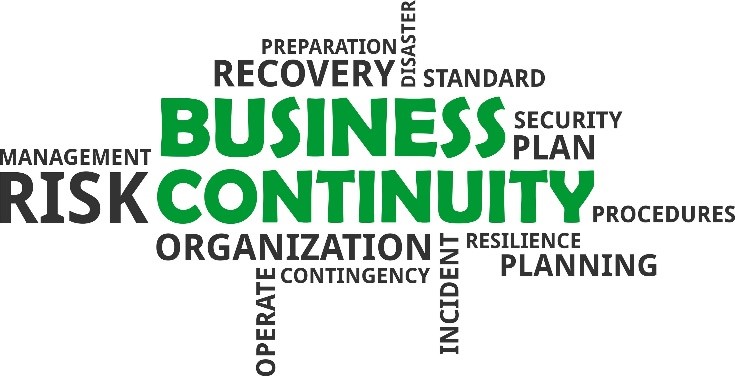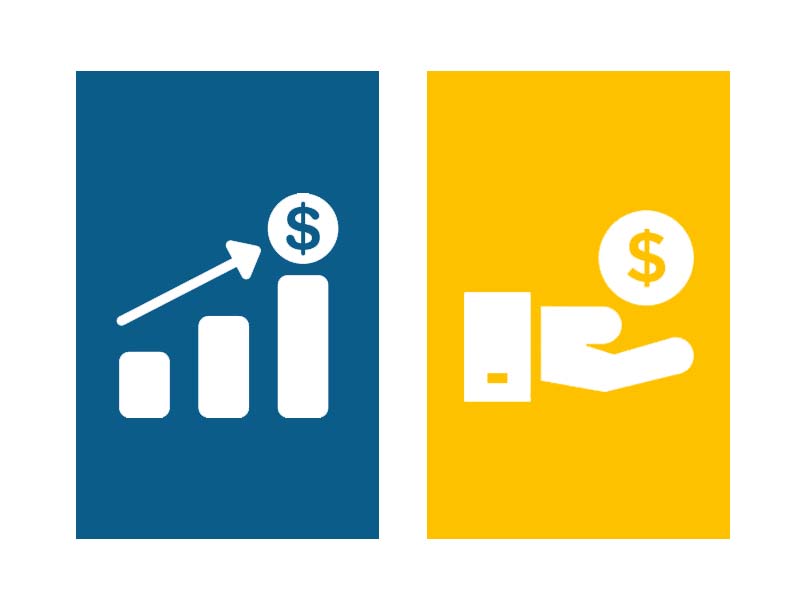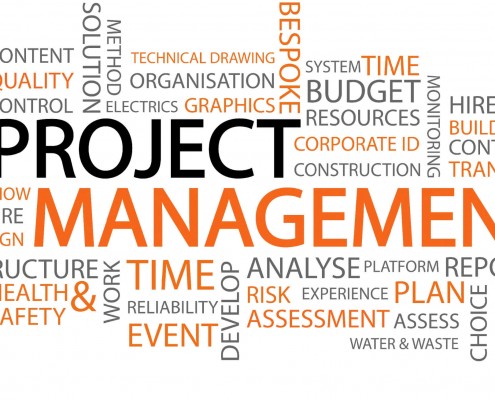
projectmanagement
Managing a multifaceted project can be a daunting task. The challenges that each project brings along with it can put the most experienced managers to the test. This is not to say that your in-house staff are lacking experience, on the contrary. Sometimes, a novel view onto a problem may be exactly what is needed to overcome it. Also, your most experienced staff are required elsewhere in the organization to run the day-to-day operations. Taking them off their assignments to manage a new project can spell chaos to the business at hand. Therefore, outsourcing your project management needs can be just the solution you need to ensure a successful project delivery without compromising the quality of your daily operations.
A professional project management consulting firm has experienced professional who can shed new light onto existing challenges. We have summarized the main benefits of outsourcing your project management needs in the points below:
- Directly address issues related to the project
When a company embarks on a high-risk project, it often causes management to recognize that a better project management expert is required. Consultants are often hired to address various project-related issues, such as: poor on-time performance (key dates are not met), unsatisfactory financial results (unnecessary expenses to meet deadlines), dysfunctional team dynamics (poor communication , internal issues and distraction) and complicated composition of teams (multilocation, language barriers).
By providing the appropriate methodology, project management training, resources, and technology, a project management consulting firm can help executives determine how to best utilize the resources available for the project.
- Covering a gap
Sometimes projects are launched without considering the experience of the delivery team members. By hiring an experienced project manager, you can ensure the availability of the necessary expertise to drive the project to a successful outcome regardless of the complexity, scale, and uniqueness of the project.
- Contribution of advanced management analysis
In many cases, senior management have difficulty evaluating project performance and making informed decisions simply because they do not have access to key project information. A specialized project management consultancy firm can provide the reports and analyses necessary to equip managers with key information about future obstacles, possible project difficulties, and potential resource constraints. When this type of information is incorporated as part of a more inclusive project management approach, the consultant can turn standard project information, a reactive overview of historical information, into a predictive analytics tool.
- Improve cost management
Hiring the right project management consulting firm can result in savings on the long run. One in six projects overrun their budget by 200% and suffer a schedule overrun of 70%. An experienced project manager can ensure avoidance of unsatisfactory financial results (unnecessary expenses to meet deadlines), which also ensures staying within the project’s execution plan.
A professional project management consulting firm can provide a combination of experience, knowledge, and advanced tools that are not immediately available in most companies. By combining these capabilities with an understanding of project management best practices, it is easy to see how the benefits of hiring a professional project management consulting firm can far outweigh the extra expenses. Therefore, if you want to guarantee the successful delivery of your projects and adhere to your budget and timeline, you should not hesitate in contacting a professional project management consulting firm such as H.A. Consultancies to help you with your next project.
For more information on our Project Management Consultancy Services, contact us now.

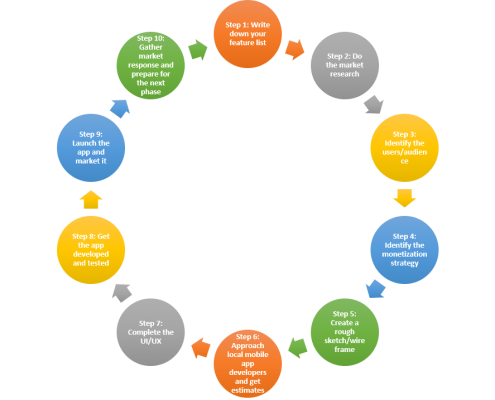

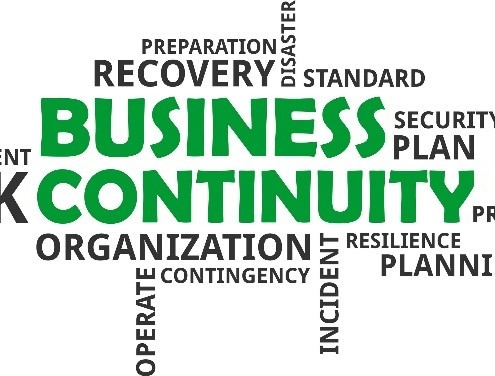
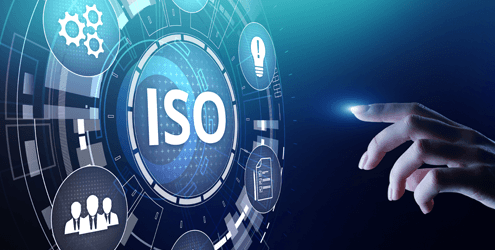
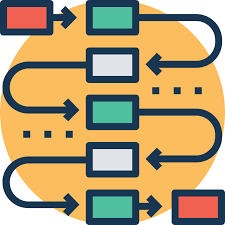 A strategic planning process is something with which we are all familiar, consciously or not.
A strategic planning process is something with which we are all familiar, consciously or not. 